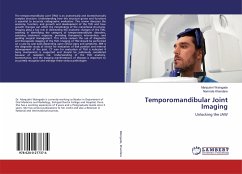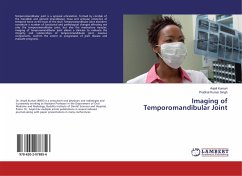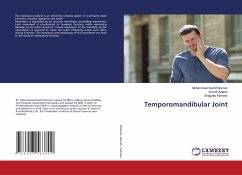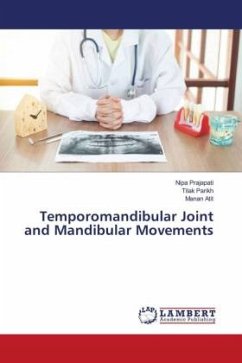The temporomandibular joint (TMJ) is an anatomically and biomechanically complex structure. Understanding how this structure grows and functions is essential to accurate radiographic evaluation. This review discusses the anatomy, function, and growth and development of the TMJ and how growth changes can affect the morphology of the craniofacial structures. Imaging plays a key role in delineating the anatomic changes of the TMJ, assisting in identifying the category of temporomandibular disorders, assessing treatment response, providing therapeutic intervention, and guiding surgical management. This article reviews the use of diagnostic and therapeutic imaging of the TMJ. Imaging of TMJ should be performed on a case by case basis depending upon clinical signs and symptoms. MRI is the diagnostic study of choice for evaluation of disk position and internal derangement of the joint. CT scan for evaluation of TMJ is indicated if bony involvement is suspected and should be judiciously considered because of radiation risk. Understanding of the TMJ anatomy, biomechanics, and the imaging manifestations of diseases is important to accurately recognize and manage these various pathologies
Hinweis: Dieser Artikel kann nur an eine deutsche Lieferadresse ausgeliefert werden.
Hinweis: Dieser Artikel kann nur an eine deutsche Lieferadresse ausgeliefert werden.








